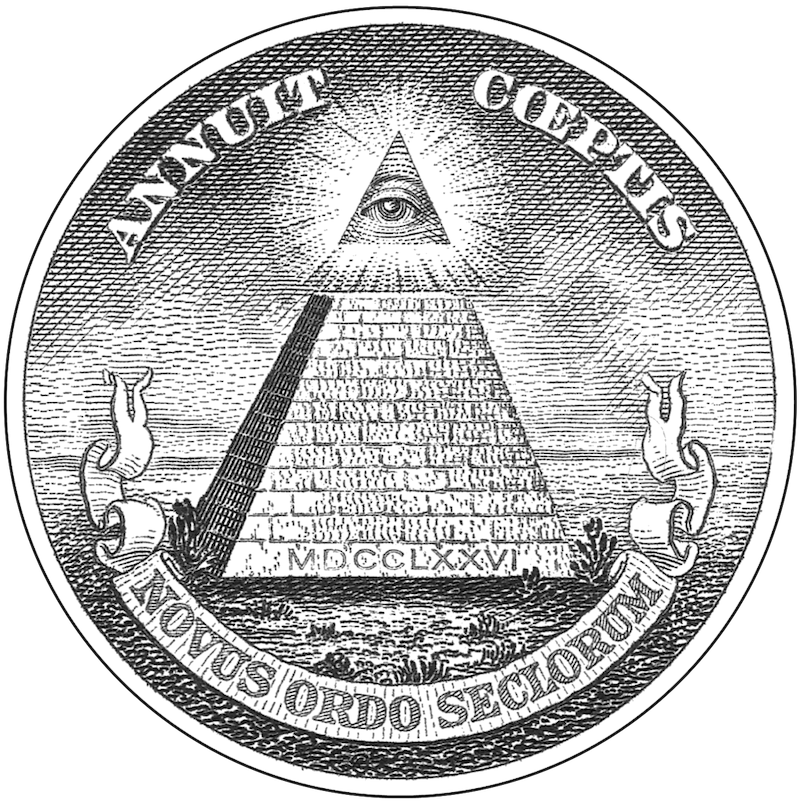
Bitcoin and the waterwheel
- Martin Enlund
- 3/31/24
Biologist Stuart Kauffman introduced the concept of the “adjacent possible” in evolutionary biology in 1996. A bacterium cannot suddenly transform into a flamingo; rather, it must rely on small exploratory changes (of the “adjacent possible”) if it is ever to become a beautiful pink flying creature. The same principle applies to human societies, all of which exemplify complex systems. It is indeed challenging to transform shivering cave-dwellers into a space travelers without numerous intermediate steps.
Imagine a water wheel – in itself, perhaps not such a remarkable invention. Yet the water wheel transformed the hard-to-use energy of water into easily exploitable rotational energy. A little of the “adjacent possible” had now been explored: water mills, hammer forges, sawmills, and textile factories soon emerged. People who had previously ground by hand or threshed with the help of oxen could now spend their time on other things. The principles of the water wheel also formed the basis for wind power. Yes, a multitude of possibilities arose – reminiscent of the rapid development during the Cambrian explosion. When the inventors of bygone times constructed humanity’s first water wheel, they thus expanded the “adjacent possible”. Surely, the experts of old likely sought swift prohibitions. Not long ago, our expert class claimed that the internet was going to be a passing fad, or that it would only have the same modest impact on the economy as the fax machine. For what it’s worth, there were even attempts to ban the number zero back in the days.
The pseudonymous creator of Bitcoin, Satoshi Nakamoto, wrote in Bitcoin’s whitepaper that “[w]e have proposed a system for electronic transactions without relying on trust.” The Bitcoin system enables participants to agree on what is true without needing to trust each other, something that has never been possible before. In light of this, it is worth noting that trust in the federal government in the USA is among the lowest levels measured in almost 70 years. Trust in media is at record lows. Moreover, in countries like the USA, the proportion of people who believe that one can trust “most people” has decreased significantly. “Rebuilding trust” was even the theme of the World Economic Forum at its annual meeting. It is evident, even in the international context, that trust between countries is not at its peak.
Over a fifteen-year period, Bitcoin has enabled electronic transactions without its participants needing to rely on a central authority, or even on each other. This may not sound like a particularly remarkable invention in itself. But like the water wheel, one must acknowledge that new potential seems to have been put in place, potential that is just beginning to be explored. Kauffman’s “adjacent possible” has expanded. And despite dogmatic statements to the contrary, no one can know for sure where this might lead.
The discussion of Bitcoin or crypto currencies would benefit from greater humility and openness, not only from employees or CEOs of money laundering banks but also from forecast-failing central bank officials. When for instance Chinese Premier Zhou Enlai in the 1970s was asked about the effects of the French Revolution, he responded that it was “too early to say” - a far wiser answer than the categorical response of the bureaucratic class. Isn’t exploring systems not based on trust is exactly what we need at this juncture?
If you wish to subscribe, sign up here!
Cover image created with Dall-E


